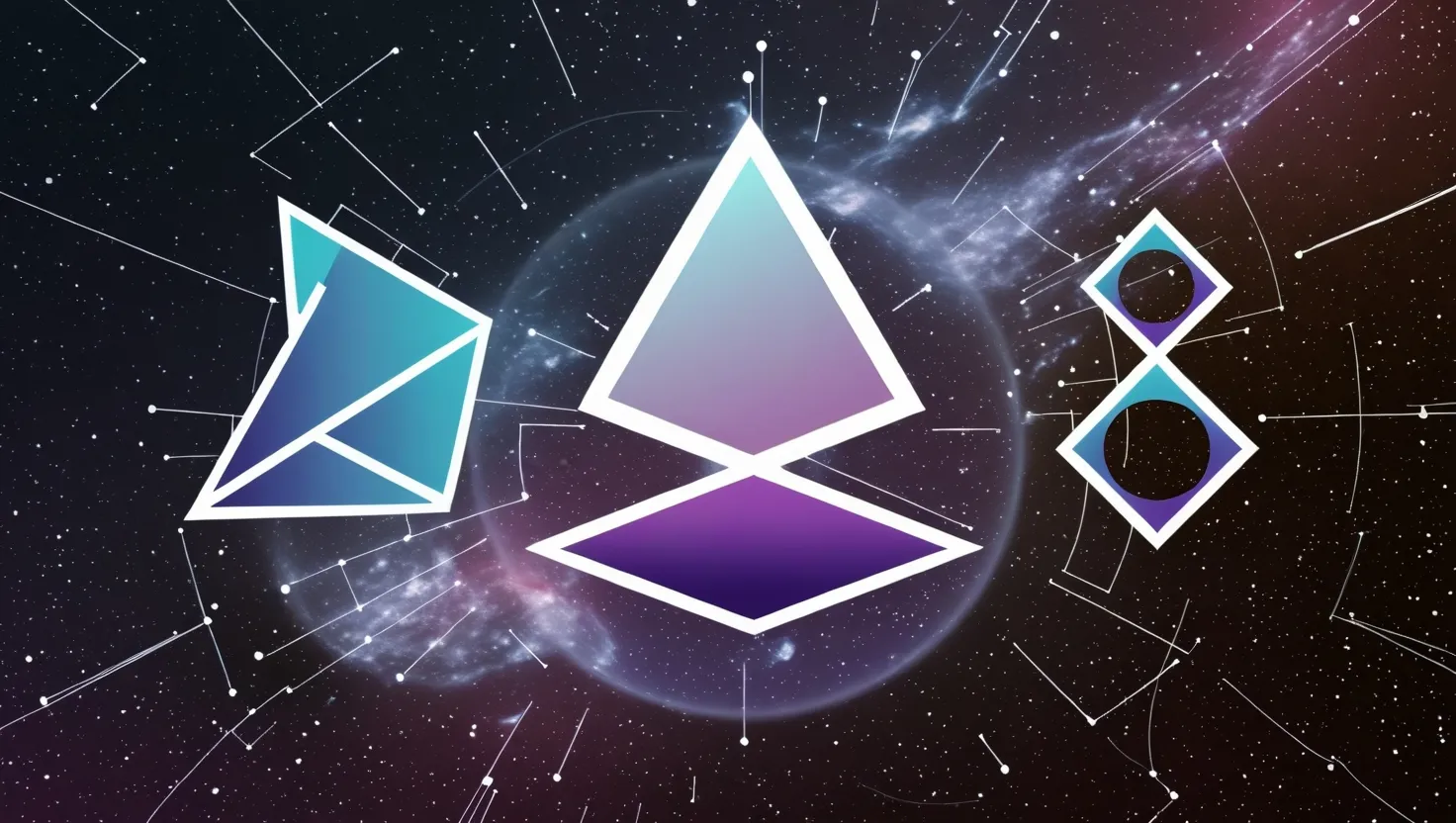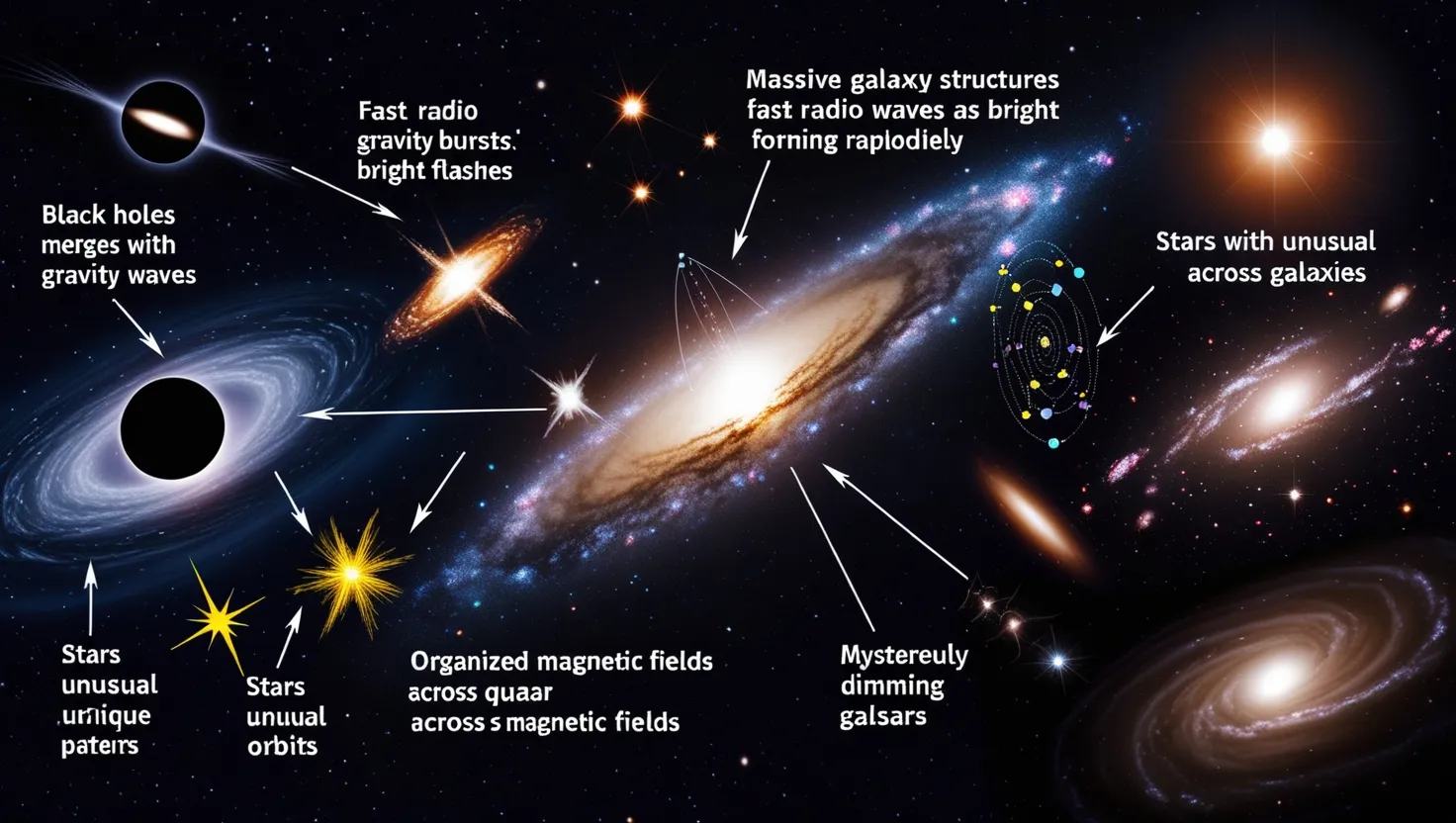Imagine a world where the words you speak are not just mere sounds or written symbols, but actual codes that can shape the very fabric of our reality. This intriguing concept, often referred to as “quantum linguistics” or “quantum neuro-linguistic codes,” suggests that language is more than a tool for communication; it could be a powerful instrument for crafting our universe.
At the heart of this theory is the idea that our language is intertwined with the quantum nature of our nervous system. According to some researchers, the human nervous system operates on principles similar to those of quantum physics, where multiple possibilities and states can exist simultaneously. This means that when we communicate, we are not just exchanging information; we are potentially influencing the quantum field around us.
Let’s delve into how this works. Quantum linguistics proposes that every word or phrase we use can be seen as a quantum state, much like the states of particles in quantum mechanics. Just as particles can exist in multiple states at once, our words can evoke multiple meanings and possibilities. For instance, when you ask yourself, “What would happen if I did this?” you are not just pondering a single outcome; you are exploring a multitude of possibilities that branch out from that question.
This concept is further elaborated through the use of what are called “Cartesian Quadrants” in quantum linguistics. These quadrants – Theorem, Inverse, Converse, and Non-Mirror Image Reverse – help us analyze statements from different perspectives. For example, if you consider the statement “What would happen if you did this?”, you can then explore its inverse: “What would happen if you didn’t do this?” Each quadrant opens up new dimensions of thought, allowing you to navigate through various scenarios and possibilities.
But how does this translate into shaping our reality? The idea is that by carefully selecting and using specific words or phrases, we can influence the quantum field in ways that manifest as changes in our world. This is where the power of mantras, positive affirmations, and ancient incantations comes into play. These are not just mere words; they are codes that, when repeated or used in a specific context, can alter our perception and potentially the reality around us.
For example, consider the impact of positive affirmations. When you repeat phrases like “I am capable and confident,” you are not just boosting your self-esteem; you might be creating a quantum state where those qualities become more probable. This is why many people find that repeating such affirmations can lead to tangible changes in their lives.
The connection between language and reality is also explored in the realm of neuro-linguistic programming (NLP). NLP suggests that our language is closely tied to our neurological processes and that by changing our language patterns, we can change our behavior and even our reality. This approach involves using specific language patterns to guide people towards positive change, essentially by inducing new quantum states through the words we use.
Imagine a conversation as a cosmic negotiation, where each word is a decision point that branches our reality into new directions. Every sentence, every question, and every answer could be seen as a choice that shapes the world around us. This perspective makes every interaction a powerful act of creation, where the words we choose are the tools we use to craft our reality.
But what about the idea of accessing alternate timelines? While this sounds like the stuff of science fiction, it’s an intriguing possibility within the framework of quantum linguistics. If words can influence the quantum field, then it’s conceivable that specific combinations of words could allow us to tap into different branches of reality. This would mean that every conversation is not just a exchange of information but a potential gateway to other realities.
To explore this further, consider the practice of using different brainwave frequencies during meditation or other forms of deep contemplation. Researchers have found that certain frequencies, such as Alpha, Theta, or Delta waves, can enhance the mind’s ability to explore different states of consciousness. When combined with specific language patterns, these states could potentially allow us to access or influence different realities.
For instance, using closed-eyed glasses during a light and sound session can help minimize distractions and allow for deeper exploration of the mind. This setup can facilitate a state where the conscious mind’s intrusions are minimized, enabling the user to delve into the quantum possibilities of language more effectively.
The practical application of quantum linguistics is vast. It can help us understand and solve problems in a more holistic way. By dissecting statements into their quantum components, we can identify multiple possibilities and choose the most beneficial ones. This approach can lead to better communication, improved relationships, and even personal growth.
In essence, the theory of quantum neuro-linguistic codes challenges us to rethink the power of language. It suggests that every word we speak is not just a sound or a symbol but a code that can shape our reality. Whether you view this as a scientific theory or a philosophical concept, it’s undeniable that the way we use language has a profound impact on our lives and the world around us.
So the next time you speak, remember that your words might be more than just words – they could be the codes that shape your reality. Every conversation could be a cosmic negotiation, and every sentence a choice that branches your reality into new and exciting directions. The power of language is not just in communication; it’s in creation itself.






